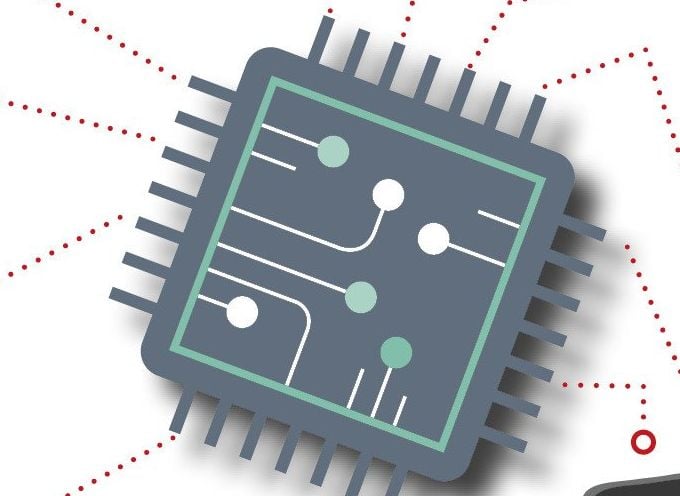WASHINGTON, D.C. (TIP): This is what an arms race of the 21st century looks like.It’s not about trying to outrun geopolitical rivals like the Soviet Union.It’s about technology… and specifically, semiconductors. Or “chips.” Right now, things aren’t looking good for the United States in terms of semiconductor capacity.Industry giants like Ford and General Motors are feeling the pain. Due to chip supply shortages, they shipped cars without much-needed accessories, like touchscreens or heated seats.
You see, the U.S. relies on manufacturing facilities located in other places — mainly Taiwan — for its chip supply.It’s not ideal to have a key tech supplier located just 110 miles away from the country’s main geopolitical challenger, China.Especially when said the challenger had no problem flying dozens of warplanes over chip production facilities in Taiwan as part of a military drill.
The U.S. and China aren’t at war- for now. But the risk of an escalating conflict has pushed the United States to start “onshoring” some of the key industries that it relies on Taiwan for, such as semiconductors.
The good news is this decision will kickstart a multi-billion-dollar investment trend… So, in a moment, I’ll explain who the biggest winners will be… and how you can learn about the companies benefitting in 2023.
Chips are critical in a modern economy. Almost any appliance you use has multiple chips in it. On average, a modern car has about 1,500 chips alone. But the COVID pandemic kickstarted a chip shortage due to rising demand and disrupted supply chains failing to keep up with a spike in consumer spending.
As a result, the U.S. government passed the CHIPS Act in late 2022. It’s a sprawling piece of legislation focused on boosting domestic chip production – with over $280 billion of spending over the next 10 years.
Most of the funds, $200 billion, will be spent on scientific research in advanced semiconductors.
Another $53 billion will be dedicated to semiconductor production. What’s more, the bill provides chip plants tax credits of almost $24 billion, to spur U.S. chip manufacturing. The CHIPS Act is so massive that it will create incredible wealth for the companies participating in the chip “onshoring” trend. McKinsey, a consultancy, estimates that chips will become a $1 trillion industry by the end of the 2020s.
For instance, when the U.S. government announced the CHIPS Act in 2020 (two years before it passed), semiconductor companies launched dozens of projects that would benefit from it.
As of mid-December 2022, over 40 new projects in the chip ecosystem were announced. Those included new chip fabrication facilities, expansions of existing ones, and the production of equipment and materials used in chip assembly.
Meanwhile, private companies have dedicated over $200 billion to chip manufacturing projects. As a result, 40,000 new jobs will be created in the country. Best of all, an SIA-Oxford Economics study estimates that each semiconductor-related job supports almost six jobs in the wider U.S. economy…
How This Legislation Relates to the Broader Economy… and Your Money
Much like the Infrastructure Act I wrote about last week, this kind of investment in “digital infrastructure” benefits not only the chip industry, but the broader economy as well.
The biggest winners from the CHIPS Act in the long term include some of the already-established players in the chip space.
Such as Intel. It is building a new semiconductor plant in Ohio and expanding its facilities in Arizona and New Mexico. These investments will have a 25% rebate from the government.
So, the more Intel spends on plant construction and research and development, the more money it will receive from the government. Again, the companies that can fund tens of billions of dollars to build these facilities (a modern one costs about $10 billion) are the largest ones in the business.
Micron and Texas Instruments, two large-scale semiconductor companies, will likely share the bulk of the government subsidies with Intel. But these facilities will take years to build…
Construction at Micron’s facility will begin in 2024, and production will ramp up by the end of this decade.
Although, there is a way to play the semiconductor trend in 2023. Casey Research colleague and financial expert Nomi Prins is going to share how you can benefit from government policy like the CHIPS Act in a special event tomorrow, January 12 at 8 p.m. ET.
She will reveal how the government has already picked the biggest winners and losers for 2023 … and she will show you a little-known strategy that Wall Street pros use every day to profit off their insider knowledge of Washington.
(Source: Andrey Dashkov / Casey Research)
